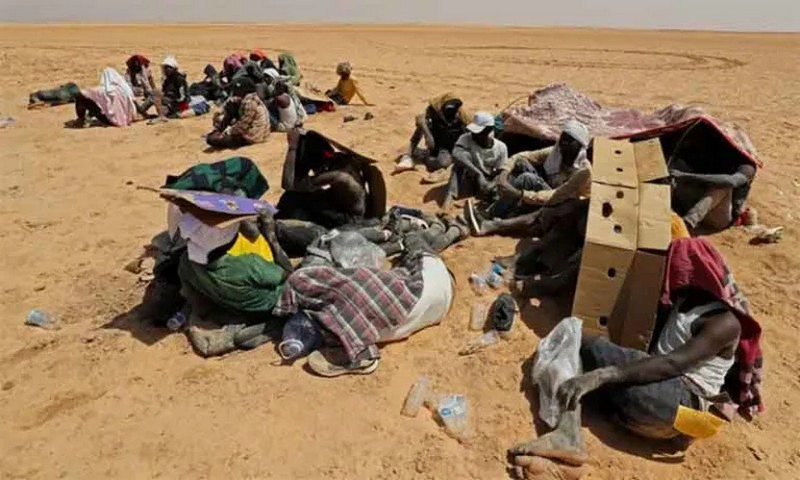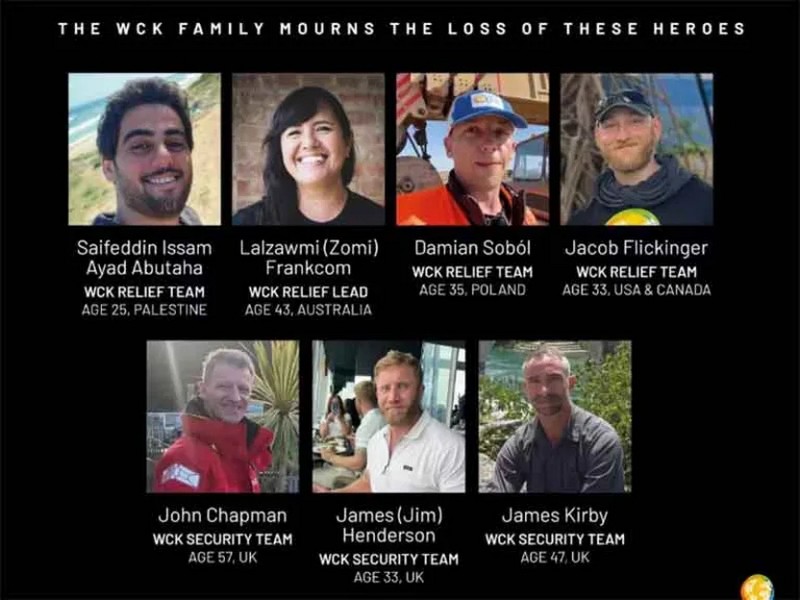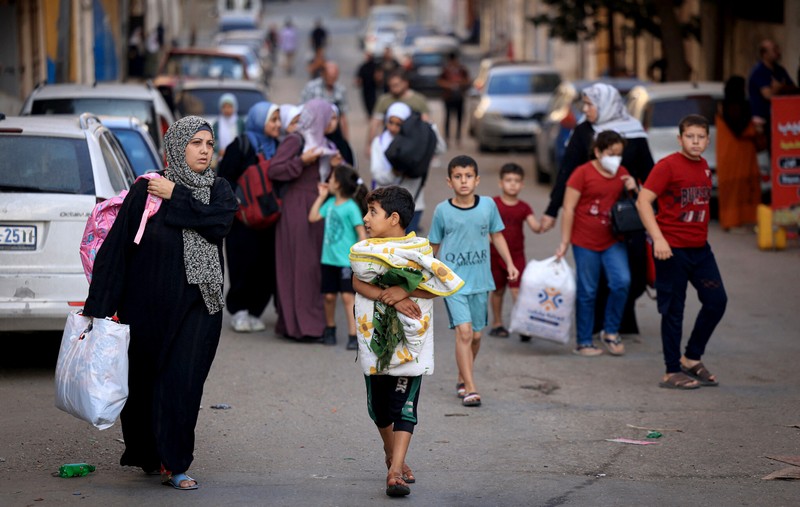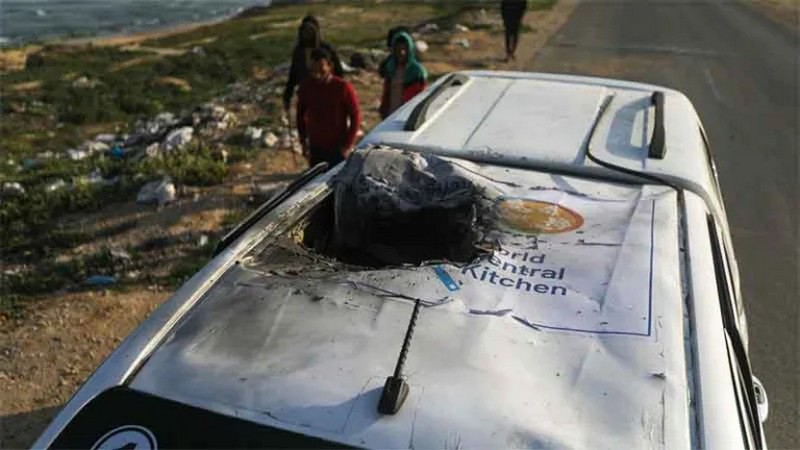By Jeffrey D. Sachs
4 Apr 2024 – The Western press is filled with stories of foreboding about the Chinese economy. We are told regularly that China’s fast growth is over, that China’s data are manipulated, that a Chinese financial crisis looms, and that China will suffer the same stagnation as Japan during the past quarter century. This is U.S. propaganda, not reality. Yes, the Chinese economy faces headwinds — mainly created by the United States. Yet China can — and I believe will — overcome the U.S.-created headwinds and continue on its path of rapid economic development.
The basic fact is that China’s Gross Domestic Product (GDP) grew at 5.2 percent in 2023, compared with 2.5 percent in the United States. On a per capita basis, the growth gap is even larger: 5.4 percent in China compared with 2 percent in the United States. In 2024, China will again significantly outpace the United States. There is no great growth crisis despite the fervid rhetoric in the U.S. press. Yes, China is slowing as it gets richer, but it is still growing considerably faster than in the United States and Europe.
There are problems to be sure, but the main ones come from the United States, not from inside China’s economy.
First, there is the perception problem. The United States is pushing a negative narrative about China. We actually learned recently that former U.S. President Donald Trump tasked the CIA with spreading malicious propaganda about the Chinese economy on social media starting back in 2019. One specific CIA tactic was to bad-mouth China’s important Belt and Road Initiative.
Second, there is the rise of U.S. protectionism. During the 20 years from 2000 to 2020, China was busy building up its new green and digital industries: mastering electric vehicles, 5G, battery supply chains, solar modules, wind turbines, fourth-generation nuclear power, long-distance power transmission, and other cutting-edge technologies. The White House and Congress, in the meantime, were in the hands of the oil, gas, and coal lobbies, and therefore without a strategy for the new energy technologies. Finally, U.S. President Joe Biden and Congress agreed to protect U.S. industries to give America time to recover some lost ground.
Third, there is the U.S. “Grand Strategy” to maintain U.S. “primacy” over China. For the U.S. security establishment, it’s not good enough to compete with China on an honest basis. The U.S. government also puts obstacles in the way of China’s economy. It seems incredible that the United States would go out of its way to undermine China’s economy, and yet it actually does so. Such an approach was spelled out by a senior U.S. diplomat, former Ambassador Robert Blackwill, in March 2015, in an article for the Council on Foreign Relations published with co-author Ashley Tellis. The article, in my view, was the public launch of a new Washington policy towards China, one that has been followed by Presidents Obama, Trump, and Biden.
It is worth quoting Blackwill and Tellis at length to understand the U.S. game plan:
Since its founding, the United States has consistently pursued a grand strategy focused on acquiring and maintaining preeminent power over various rivals, first on the North American continent, then in the Western hemisphere, and finally globally…
Because the American effort to “integrate” China into the liberal international order has now generated new threats to U.S. primacy in Asia — and could eventually result in a consequential challenge to American power globally — Washington needs a new grand strategy toward China that centers on balancing the rise of Chinese power rather than continuing to assist its ascendancy.
These changes, which constitute the heart of an alternative balancing strategy, must derive from the clear recognition that preserving U.S. primacy in the global system ought to remain the central objective of the United States’ grand strategy in the twenty-first century.
Sustaining this status in the face of rising Chinese power requires, among other things, revitalizing the U.S. economy to nurture those disruptive innovations that bestow on the United States asymmetric economic advantages over others; creating new preferential trading arrangements among U.S. friends and allies to increase their mutual gains through instruments that consciously exclude China; recreating a technology-control regime involving U.S. allies that prevents China from acquiring military and strategic capabilities enabling it to inflict “high-leverage strategic harm” on the United States and its partners; concertedly building up the power-political capacities of U.S. friends and allies on China’s periphery; and improving the capability of U.S. military forces to effectively project power along the Asian rimlands despite any Chinese opposition — all the while continuing to work with China in diverse ways that befit its importance to U.S. national interests.
These statements by Blackwill and Tellis are remarkable for two reasons. First, they explicitly spell out America’s “Grand Strategy” in no uncertain terms: to preserve America’s “primacy” in the global system, including over China. Second, they listed — already in March 2015 — the actual policies pursued by the United States during the past decade.
Consider the five policies recommended by Blackwill and Tellis.
First, revitalize the U.S. economy. Okay, that’s fair enough. The United States needs to get its economic house in order.
Second, create new U.S. trade arrangements with Asia that “consciously exclude China.” That’s an absurd idea, since China is the largest economy in Asia, yet Obama tried (and failed) to create the Trans-Pacific Partnership to exclude China, while both Trump and Biden pursued blatant protectionism against China, especially in the form of unilateral tariff increases in violation of World Trade Organization (WTO) commitments.
Third, recreate a “technology-control regime” to limit China’s access to high-tech. That is currently underway, most notably with the new limits on the export of advanced semiconductor technology to China.
Fourth, build up political-military alliances on China’s borders. This is the U.S. strategy with AUKUS (Australia-UK-United States), the Quad (Australia-India-Japan-United States), and the United States-Japan-Philippines Triad.
Fifth, build up the U.S. military along the Asian rimlands “despite Chinese opposition.” This too is happening with Australia, Japan, the Philippines, and elsewhere.
America’s aim of “primacy” is dangerously misguided. Since China has four times the U.S. population, the only way for the U.S. economy to stay larger than China’s would be for China to remain stuck at less than one-fourth of the U.S. GDP per person. There is no reason for that to happen. If it did, it would mean a lot of suffering in China and a great loss of global dynamism.
Primacy should not be the U.S. goal, or China’s goal, or indeed the goal of any country. The only sensible goal for the major powers is mutual prosperity, common security, and global cooperation regarding common challenges such as environmental sustainability and peace.
The American playbook — using trade, technology, financial, and military policies to stop another country — is not new for the United States. It was, of course, the U.S. game plan to “contain” the Soviet Union during the 1950s-1980s. It was rolled out again in the late 1980s to stop the rapid growth of Japan, an American ally, because Japan was outcompeting the U.S. industry. The United States forced Japan to agree to “voluntary” export restraints and an overvalued Yen. Thus, Japan’s economic growth plummeted and Japan entered a prolonged financial crisis.
China, however, is not Japan. It is far larger, more powerful, and not subservient to the United States. Unlike Japan in the 1990s, China need not and will not sit idly by as the United States pursues trade and technology policies to slow China’s economic growth.
To understand China’s policy choices, recall the national income account identity that GDP equals C+I+G+X-M. That is, China’s GDP can be consumed, C; invested, I; consumed by the government, G; exported, X; or used to replace imports, M; China’s exports can go to the United States and Europe or to the rest of the world.
In recent years, the U.S. and European markets have become increasingly closed to China’s exports. In 2023, the United States imported 427 billion U.S. dollars of goods from China, down from 536 billion dollars in 2022. As a share of U.S. GDP, imports from China were 2.6 percent in 2018, but have declined to only 1.6 percent in 2023, as the result of U.S. protectionism under Trump and Biden.
Now, here then are the policy choices facing China. With the production of goods and services continuing to rise in China, and with exports to the United States falling, China faces an overall excess supply of goods. That excess supply will lower GDP and could even create a recession in China if policy measures are not taken to offset it.
The United States tells China to increase consumption to offset the fall in its exports. For example, China could cut taxes to stimulate consumption. The problem with the U.S. recommendation is that China would likely shift to lower growth and higher budget deficits, as in the United States.
A second option would be for China to increase domestic investments, for example to accelerate China’s shift to a zero-carbon economy. There is some merit to boosting domestic investment to offset part of the reduction of exports to the United States.
A third option would be to boost government consumption. That policy too would likely entail slower growth and higher budget deficits.
A fourth option is to increase exports to the developing countries. That approach has a great deal of merit. If the U.S. market is closed, and the European market is closing (as Europe becomes more protectionist), then China can shift exports to the emerging markets. Some of that will happen automatically. As the United States buys less from China and more, say, from Vietnam, then Vietnam will buy more intermediate goods from China to process and export to the United States.
Some of the reorientation of exports, however, will require new Chinese policies. The purchasing power of the emerging economies is generally lower than in the United States and Europe. Yes, the emerging economies would like to buy what China has on offer — solar modules, wind turbines, 5G, and the rest — but will need more loans to do so. For China to sell substantially more to the emerging economies, it will have to boost loans and foreign direct investments to those economies, for example by expanding the Belt and Road Initiative and lending by the Asian Infrastructure Investment Bank and the New Development Bank.
There may be some resistance among China’s policy-makers to increasing loans to the emerging economies, since some of those economies are already debt-distressed. Yet, the emerging economies generally have a very high growth potential. Their debt is not too high — as long as the debt has a long enough pay-back period (maturity). The emerging economies mainly need time to grow and thereby to be able to repay China for the loans.
Here, then, is my own summary of the economic situation in China. The supply side of China’s economy continues to grow rapidly. China’s potential GDP continues to rise at 5 percent per year or faster. Moreover, the quality of that output is high and rising. China is the world’s low-cost producer of goods that the rest of the world needs: zero-carbon energy systems, 5G digital networks, and high-quality infrastructure (such as fast inter-city rail).
China’s problem is not on the supply side, but on the demand side. China faces demand constraints mainly because the United States has put up barriers against China’s exports to the U.S. market, and Europe seems likely to follow the United States in this. While China could potentially offset that slowdown in exports by increasing domestic consumption, it would be well advised to increase its exports to the emerging economies, in part by expanding important programs such as the Belt and Road Initiative. To do so prudently, China would have to increase its long-term lending to the emerging economies.
I don’t deny that there are other challenges facing China’s economy, such as some temporary over-investment in real estate, or some over-borrowing by some local governments. Yet, I believe that such problems are short-term and cyclical, not long-term and structural. There are also areas that need further reform, to be sure, such as the hukou (urban residence) system. Yet here too, such reform challenges are ongoing and very likely to be solved successfully.
I would like to see China continue its rapid growth, and yes, overtake the United States in GDP at current market prices and exchange rates, befitting a country that is four times larger than the United States in population. I note that in purchasing-power terms, China already overtook the United States in 2017 (according to IMF data) and nothing awful befell the United States.
China’s economic growth benefits not only China but the whole world. China has brought forward new and effective technologies ranging from a modern cure for malaria (artemisinin) to low-cost zero-carbon energy systems and low-cost 5G systems. We should be rooting for China’s continued rapid development. We should put aside childish ideas of “primacy” and adopt adult ideas of mutual respect, peaceful coexistence, and global cooperation to protect the planet. The world does not want or need a single dominant country. Indeed, that’s not even feasible in our world today. The absolute best solution for the world economy would be for China, the United States, and Europe to maintain open trade and mutually agreed industrial policies. Yet if the United States and Europe turn strongly protectionist against China, then the best response for China is to hasten its successful and growing trade and financial relations with the emerging economies.
Jeffrey D. Sachs, Professor of Sustainable Development and Professor of Health Policy and Management at Columbia University, is Director of Columbia’s Center for Sustainable Development and the UN Sustainable Development Solutions Network.
8 April 2024
Source: transcend.org










